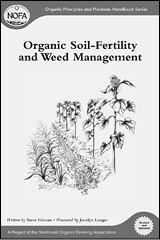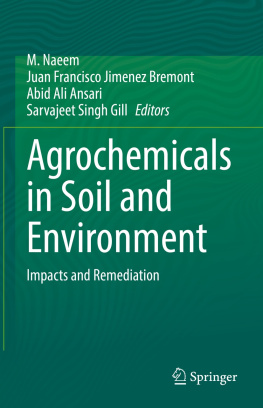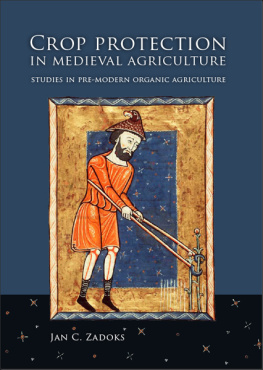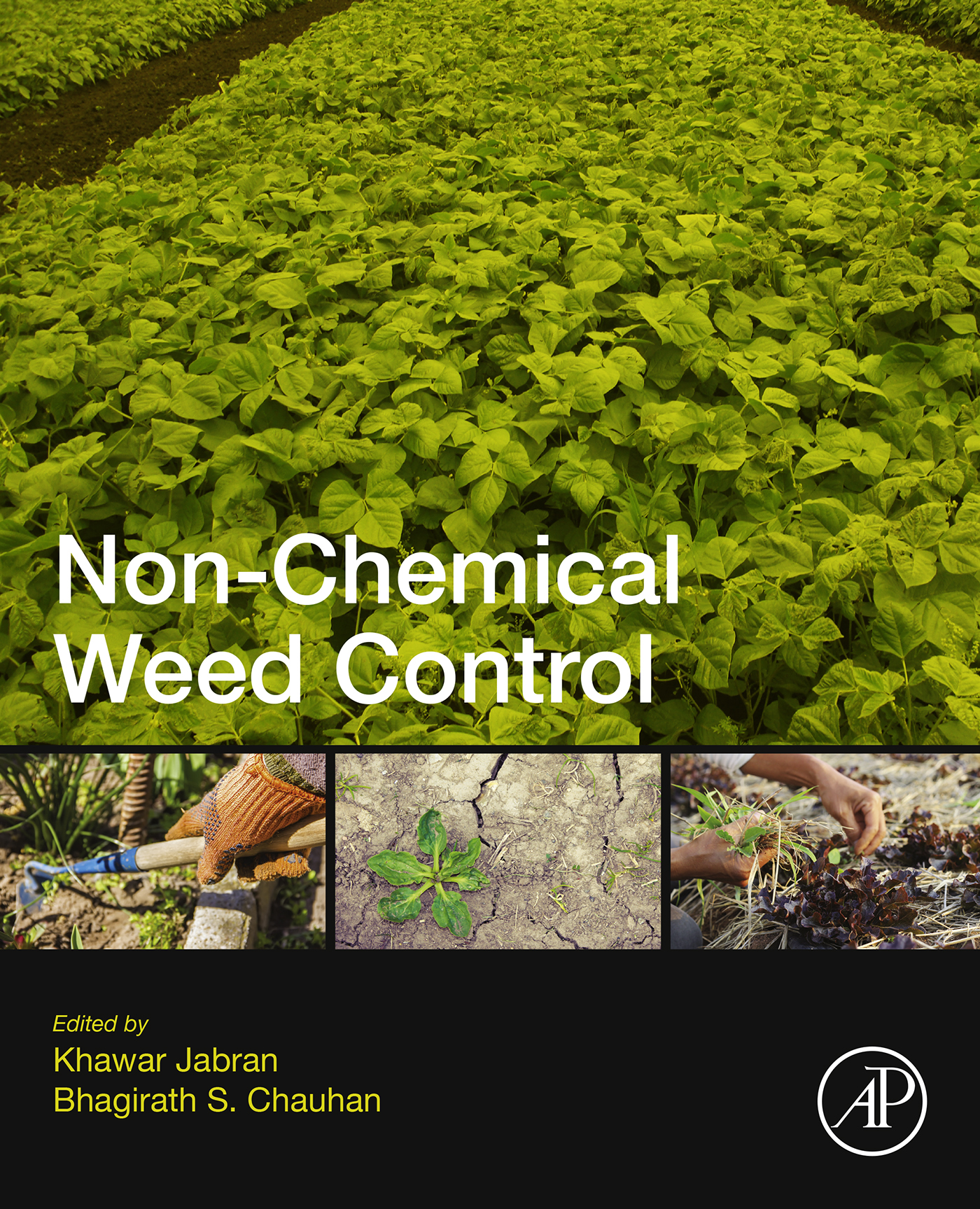Non-Chemical Weed Control
First Edition
Khawar Jabran
Department of Plant Protection, Faculty of Agriculture and Natural Sciences, Duzce University, Duzce, Turkey
Bhagirath S. Chauhan
The Centre for Plant Science, Queensland Alliance for Agriculture and Food Innovation (QAAFI), The University of Queensland, Australia

Copyright
Academic Press is an imprint of Elsevier
125 London Wall, London EC2Y 5AS, United Kingdom
525 B Street, Suite 1800, San Diego, CA 92101-4495, United States
50 Hampshire Street, 5th Floor, Cambridge, MA 02139, United States
The Boulevard, Langford Lane, Kidlington, Oxford OX5 1GB, United Kingdom
2018 Elsevier Inc. All rights reserved.
No part of this publication may be reproduced or transmitted in any form or by any means, electronic or mechanical, including photocopying, recording, or any information storage and retrieval system, without permission in writing from the publisher. Details on how to seek permission, further information about the Publishers permissions policies and our arrangements with organizations such as the Copyright Clearance Center and the Copyright Licensing Agency, can be found at our website: www.elsevier.com/permissions.
This book and the individual contributions contained in it are protected under copyright by the Publisher (other than as may be noted herein).
Notices
Knowledge and best practice in this field are constantly changing. As new research and experience broaden our understanding, changes in research methods, professional practices, or medical treatment may become necessary.
Practitioners and researchers must always rely on their own experience and knowledge in evaluating and using any information, methods, compounds, or experiments described herein. In using such information or methods they should be mindful of their own safety and the safety of others, including parties for whom they have a professional responsibility.
To the fullest extent of the law, neither the Publisher nor the authors, contributors, or editors, assume any liability for any injury and/or damage to persons or property as a matter of products liability, negligence or otherwise, or from any use or operation of any methods, products, instructions, or ideas contained in the material herein.
Library of Congress Cataloging-in-Publication Data
A catalog record for this book is available from the Library of Congress
British Library Cataloguing-in-Publication Data
A catalogue record for this book is available from the British Library
ISBN 978-0-12-809881-3
For information on all Academic Press publications visit our website at https://www.elsevier.com/books-and-journals

Publisher: Andre Wolff
Acquisition Editor: Nancy Maragioglio
Editorial Project Manager: Billie Jean Fernandez
Production Project Manager: Priya Kumaragururparan
Cover Designer: Billie Jean Fernandez
Typeset by SPi Global, India
Contributors
Mehmet Arslan Erciyes University, Kayseri, Turkey
Graham Brodie Melbourne University, Dookie, VIC, Australia
Bhagirath S. Chauhan The University of Queensland, Gatton, QLD, Australia
Shahid Farooq Faculty of Agriculture, Gaziosmanpaa University, Tokat, Turkey
Mubshar Hussain Bahauddin Zakariya University Multan, Multan, Pakistan
Khawar Jabran Dzce University, Dzce, Turkey
Nicholas E. Korres University of Arkansas, Fayetteville, AR, United States
Carolyn J. Lowry University of New Hampshire, Durham, NH, United States
Charles Merfield The BHU Future Farming Centre, Canterbury, New Zealand
Arslan M. Peerzada The University of Queensland, Gatton, QLD, Australia
Richard G. Smith University of New Hampshire, Durham, NH, United States
Ahmet Uludag
anakkale Onsekiz Mart University, anakkale, Turkey
Dzce University, Dzce, Turkey
Ilhan Uremis Mustafa Kemal University, Hatay, Turkey
Preface
Weeds are the yield-limiting biotic factors that grow in crops without human attention. They feed on moisture and nutrients, which are otherwise to be used by crop plants. Also, weeds occupy space and snatch the light that is supposed to be utilized by crop plants. In addition, weeds interfere with the crop growth processes by exuding certain chemicals and also through root interferences. Ultimately, weeds disturb the growth of crop plants, deprive them of resources, decrease the crop yields, and increase the cost of production. In some crops, weeds may cause minor yield losses ~<10%; however, in several field crops (having an important role in global food security), weeds may reduce yield by nearly 50%. In several instances, weeds can also result in total failure of the crop. On a global scale, these losses approach to billions of dollars along with a considerable reduction in food availability. Owing to these facts, weed researchers are working all over the world to fight against weeds.
Since its advent in the mid-20th century, chemical control has been the most followed weed control method. This weed control method contributed significantly to reduce the damages caused by weeds to crops and highly improved the crop yields over the last 56 decades. However, several problems are also associated with this weed control method. Most important of these include herbicide residues in food, environmental pollution, and herbicide resistance evolution in weeds. Hence, researchers from all across the globe are focusing on weed control methods that may provide an alternative to herbicidal weed control. Moreover, chemical weed control is not permitted in cropping systems such as organic farming. Hence, nonchemical weed control methods are inevitable to suppress weeds in such farming systems.
Classical nonchemical weed control methods include the use of preventive, cultural, and mechanical weed control methods. Although these methods possess effectiveness against weeds, they do not provide enough weed control, which may satisfy the standards of intensive and precision farming. Recent literature addresses the use of nonchemical weed control methods in modern agriculture and organic farming. However, in most of the cases, the classical techniques of nonchemical weed control have been discussed. Moreover, most of such literature is composed of research publications rather than books or monographs. This book brings the most recent nonchemical weed control techniques (in addition to classical nonchemical weed control methods). The book is useful for teaching and research staff of universities and agricultural research institutes and students. Other communities who will benefit from this book include the extension specialists and growers, particularly the ones who prefer to grow their food organically.
Khawar Jabran, Duzce University, Turkey
Bhagirath S. Chauhan, The University of Queensland, Australia
Chapter 1
Overview and Significance of Non-Chemical Weed Control
Dzce University, Dzce, Turkey
The University of Queensland, Gatton, QLD, Australia
Abstract
Weeds are among the most important pests of agricultural crops that not only decrease the crop yields but also severely damage the quality of produce. Herbicides are usually effective in suppressing weeds occasionally supplemented with other weed control methods. During recent times, a number of factors have increased the importance of non-chemical weed control methods. Some of these are environmental concerns arising by overuse of pesticides, rising demands for organic food, and an evolution of herbicide resistance in weeds. This chapter discusses why non-chemical weed control is needed? and also provides an overview of currently available non-chemical weed control techniques.












